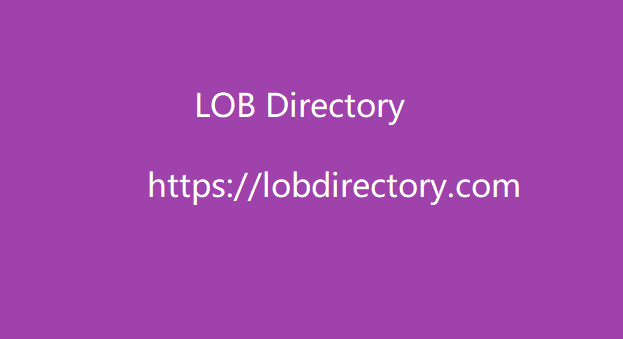|
|
This will keep them on your site and boost your SEO by providing internal links. Speed is everything a clock(Image from Unsplash is free to use) According to Google Search Consultant John Mueller , websites should load within 2-3 seconds to avoid high bounce rates. In an oversaturated market, users will get bored quickly, so make sure your site is polished and responsive to retain users and optimize your search rankings. You can check your page loading time using Google's PageSpeed tool. But in the meantime, here are some tips to slow down your speed: Don't use pop-ups Don't overload the page with high-quality images and videos Don't use too much filler text (I'm looking at you, recipe blogs).
Check for errors or issues on your site using manual testing via Global Application Testing Having an excellent response time is not only beneficial for bounce rate, but the longer a user stays on your site, the more they will increase the number of internal links clicked and increase engagement. Ultimately, having a fast-loading website will reduce bounce rates, help your SEO, and create a great customer experience. mobile experience a row of people using phones(Image from LOB Directory Unsplash is free to use) There's no use having a site that looks great and loads fast on a computer if the majority of your users are on mobile devices. For most companies, users will visit both, so it's important to make sure your SEO and customer experience are prepared for web and mobile. A user who sees your ad on Instagram or searches while commuting to work is unlikely to be a serious B2B user.

Therefore, you may need to do some consideration to modify your mobile landing page to suit all customers. Be sure to include clear and actionable CTA buttons and consider mobile loading time. For example, you can compress images on mobile devices to reduce loading time.You may not be able to do this on the web due to quality issues. Review your site architecture a laptop showing Google(Image from Unsplash is free to use) Site architecture includes aspects such as internal links and user-friendly site navigation. Google's web crawlers check sites for this, so be careful when designing your website and content. It should be easy for users to find what they need from your site and learn more when they need it. This will increase the time users spend on your site and improve your SEO and customer experience by helping search engines 'map' your content.
|
|